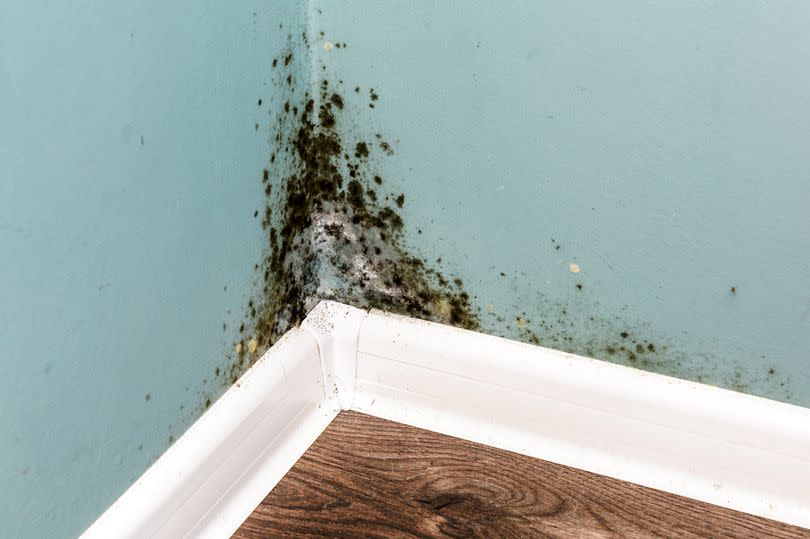Signs it's time to take action on mould 'or risk health problems'

For people living in the UK, an often humid climate means mould in the home can be a regular problem. And it's not just unsightly - it can pose health risks as well. Knowing the signs can help minimise these risks.
Understanding the importance of proper ventilation is a key part of helping to maintain a healthier living environment in your home. Air treatment company Vortex Air has explained the need for good ventilation and outlined the signs of mould in your home.
Signs of mould that mean you need more ventilation
Mould can cause significant problems in homes, both to the structure and the health of its inhabitants. Key signs that indicate the presence of mould and the need for improved ventilation include:
Musty odours
A persistent, earthy smell often signals mould, even if it's not visible.
Visible mould growth
Mould can appear as black, green, or white patches on walls, ceilings, or other surfaces.
Water stains
Discolouration or stains on walls or ceilings often indicate a moisture problem, which can lead to mould growth.
Health risks of mould exposure
Mould exposure can cause a variety of health issues, particularly for individuals with respiratory conditions, allergies, or weakened immune systems. Common symptoms include:
Respiratory problems, such as coughing, wheezing, and shortness of breath
Allergic reactions, including sneezing, runny nose, and itchy eyes
Skin irritation and rashes
Maintaining good indoor air quality is crucial to minimising these health risks. Proper ventilation helps reduce humidity levels and removes mould spores from the air, creating a healthier living environment.
Ventilation in preventing mould growth
Ventilation is crucial in preventing mould growth by reducing moisture levels and improving air circulation. Proper ventilation helps to keep humidity levels in check, which is essential since mould thrives in moist environments. By ensuring adequate airflow, you can prevent mould spores from settling and growing in your home.
How to improve ventilation
To enhance ventilation and reduce the risk of mould growth, consider the following strategies:
Use exhaust fans
Install and use exhaust fans in bathrooms and kitchens to expel moisture-laden air.
Open windows regularly
Allow fresh air to circulate by opening windows whenever possible.
Invest in mechanical ventilation systems
Consider systems such as whole-house fans or energy recovery ventilators (ERVs) to ensure consistent and effective ventilation throughout your home.
A spokesperson for Vortex Air said: "Good ventilation is the first step in creating a healthy home environment. Without it, mould can easily take hold and lead to serious health and structural issues. By staying vigilant and proactive with ventilation, you can protect your home and health from the dangers of mould."

 Yahoo News
Yahoo News 
